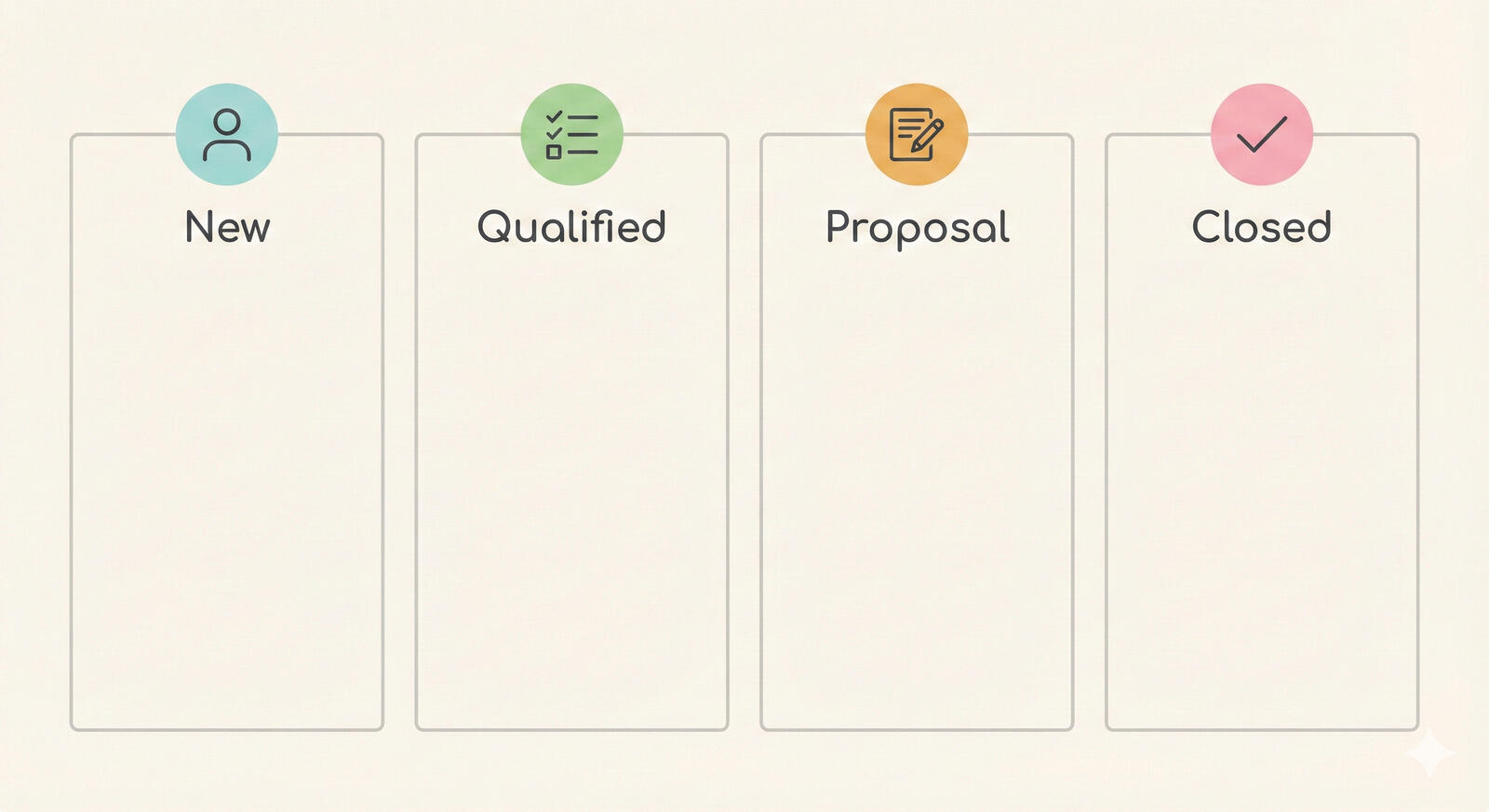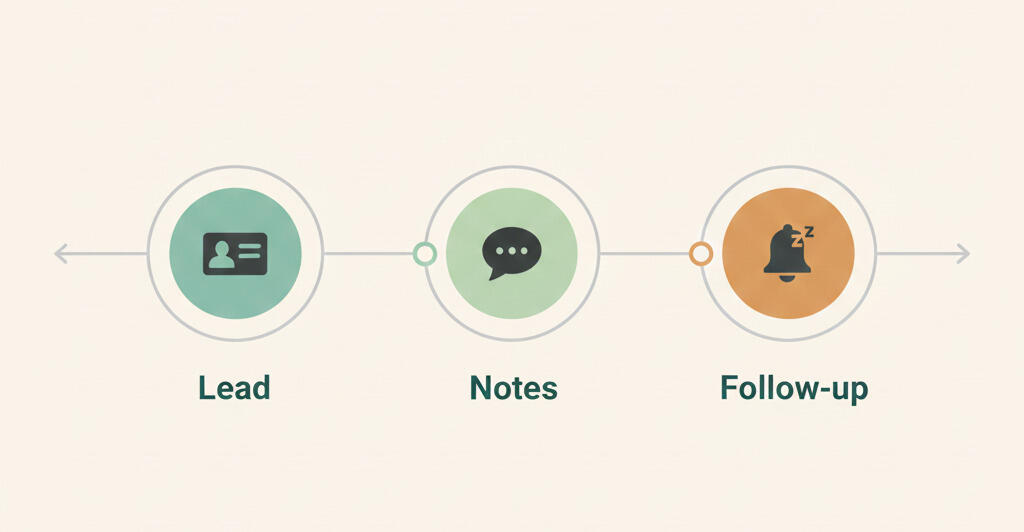How to Improve Productivity with Lean Project Management
Admit it or not, all projects face challenges. From past due deadlines to incomplete tasks, projects face multiple problems, and that’s where project management can come to the rescue.
The process of applying knowledge, skills, tools, and techniques to project activities for meeting the project requirements is known as project management. If we break down the term into its basic version, it’s the process of leading the work of a team to achieve goals and meet the success criteria within a specific time period.
To lead and succeed, every manager must have great knowledge of different approaches of project management. But of all project management approaches, lean project management has been the state-of-art approach towards leading the team to success.
In today’s piece, we’ll cover all about lean project management. From the basic principles of lean project management to how it can improve productivity, this article will be running through it all.

What’s Lean Project Management?
The concept of lean project management was coined by the Toyota Production System (TPS). Lean project management focuses on reducing waste and adding value during each project phase.
According to the Lean Enterprise Institute, “The core idea is to maximize customer value while minimizing waste. Simply, lean means creating more value for customers with fewer resources.”
Lean project management emphasis improving the process and reducing waste. This approach deals with all processes in an organization with the aim of improving them and reducing their wastage.
The ultimate goal of lean project management is eliminating waste along with entire value streams. Lean project management creates processes that require less human effort, less space, less time to make products, less capital, and more.
Lean project management is derived from the concept of lean manufacturing. As lean manufacturing emphasizes three types of waste, muda, muri, and mura, or 3M, lean project management aims to reduce the waste within any project’s process. According to the Project Management Institute, “To be Lean is to provide what is needed, when it is needed, with the minimum amount of materials, equipment, labour, and space.”
With the lean project management approach, an organization will concentrate on reducing wastage of resources, time, and labor or working with a bare minimum to produce ultimate results.
All caught up with the concept of lean project management? Let’s move forward and see some of the benefits lean project management offers to the organizations that are using it.
Benefits of Lean Project Management

- Low Storage Cost
As there won’t be many inventory items in storage, it will reduce the storage cost. Your storage will just bear the products that are needed right now and at the moment.
- Great Customer Service
Customers will exactly get what they want without any interference from the ideas of a third-party.
- Increase in Productivity
Lean project management improves the value-add per person and the output as everyone is designated to use fewer resources.
- Innovation
When the team will be narrowed down to just a specific goal or outcome, everyone will come up with creative ideas.
- Improved Lead Times
As teams will be focused on one mission at a time, they will be able to respond quicker with fewer delays.
- Decrease Overproduction
Unnecessary filling of documents and other sectors that might face overproduction will see a decrease in the overproduction rate.
There are many more benefits that come pre-packaged with lean project management. Now let’s move forward and see the five key principles on which the concept of lean project management is based.
5 Key Principles of Lean Project Management

The birth of lean management can be tracked back to 1940. Over the years, there were many changes, additions, and amendments to the different departments of the lean approach of project management. But the following five key principles have remained the same:
Value
The first and foremost principle of lean thinking or lean project management is assessing the value of the project from the perspective of a customer. Before starting the project, its value must be examined. This principle of identifying the value of the project in the eyes of a customer will help you or your company to define what your customers are willing to pay. Assessing value is one of the most important principles of lean project management.
Value Stream
The second principle is to create a value stream or a map that defines the whole process of a project. From ground-up basics to finishing the project and keeping it updated, the value stream is the outline of the project or the product. Once mapped, it can be used to analyze what things are providing value to the project and how they can be trickled down to provide more importance. It’s the step where you’ll analyze waste and reduce it down to the least possible count.
Flow
The flow principle makes sure that everything mapped out in the value stream must create a continuous flow of the project or product. It’s a stage where all the sources of waste identified in the value stream step are dumped to represent a future state of the project’s process. The wastages can be identified in states like overproduction, waiting, transportation, over-processing, inventory, motion, and defects.
Pull
Now, this principle is the pivotal point of the lean project management process. It’s where project managers have to avoid delivering the “value” before it’s requested by the customers. It helps to reduce inventory and save resources by creating the product or moving the project forward when it’s demanded by the customers. It’s the opposite of the push technique used in most projects where the customers are deliberately marketed the product or service.
Ongoing Improvement
The final step is to tighten the seat belts and get ready for the never-ending race of providing ongoing improvement. It’s the step that highlights reassessing and reexamining the project process with the goal of eliminating waste and providing maximum value and efficiency. Moreover, this step also emphasizes questioning the value of all project activities and processes so that it’s constantly improving and is operating at the highest efficiency possible. Lastly, embracing on-going improvement is necessary to stay ahead of the game.
Implementing Lean Project Management
If lean principles are new to your team, it might take some time adjusting. However, the learning period doesn’t have to be costly or affect the overall project if you implement the right principles.
Here is what you could do to make a seamless transition to lean project management:
Inform the team
Empowerment and education are some of the core features of lean management. So, before you introduce any new methodology to the system, you have to introduce and explain it to the relevant teams properly. Once each team knows why you’re implementing this new methodology, its benefits to their work, etc. - they will work harder and with more purpose to make it work.
Engagement
Give everyone in your team a chance to add their feedback to the new system or solution. You should also make sure that everyone in the team knows that their input is valued and essential to success. This will make it easier to identify possible quality issues with the new system.
Identify problems
Identify and learn from previous projects. Understand what has worked in the past and what hasn’t. Always be ready to identify ways to improve the overall efficiency and try to eliminate waste.
Take the macro approach
Micromanagement is not likely to work in a lean project management setup. Rather than focusing on each individual task, it is recommended to focus on the whole project. If you have a larger team, look for innovative ways to add more efficiency and new processes to the system.
Effective communication
Communication is one of the most important aspects of any project management system. Open collaboration and dialogue between the stakeholders are key highlights of a lean project management system and tools like Breeze keep everything, including communication, working smoothly.
Workload management
Distributing work such that no one feels overburdened is important. Uneven workload distribution may disturb the whole equilibrium of a lean project. The team members may also start to feel demotivated with time.
“Can do” attitude
Try and develop a can-do attitude in the team. A team that is ready to learn from past mistakes and meet new problems head-on is always likely to deliver a great solution to clients.
Lean project management is all about adding more value to the project and deliver the best product to the client without disturbing the cost and time parameters.
Identifying and Eliminating Waste in Lean Project Management

You can remember the most common types of waste in a lean project through a simple acronym - TIM WOOD. Let’s find out more about the wastes below.
- Transport: Moving the products in and out takes time, effort, and resources. If not planned properly, it can also damage the products.
- Inventory: Holding inventory when it’s not needed can result in storage cost, inventory devaluation, physical damage to the inventory, and other forms of waste.
- Motion: Motion means traveling to an area that results in a waste of time, effort, and money. For example, in a large organization, poorly designed office space results in more bending, steps, and reaching. Similarly, in larger stores, it can mean traveling to different locations within a store multiple times during a day.
- Waiting: Waiting results when different departments within an organization are not properly synced. For example, when material, equipment, or people are not ready, clients or other connected people within the organization have to deal with idle time.
- Over-processing: means simply doing more than what is required. This could result in other types of waste. For example, a system where unnecessary signs and approvals are required or a system with extra check-ins.
- Overproduction: Simply means producing more than what is required. It typically happens when you don’t understand the customer requirements. Overproduction is also linked with other various types of wastes.
- Defects: Defect is probably the most damaging waste. It results in a waste of time, effort, money, reputation, and other types of waste listed above.
How Can Breeze Help with Lean Project Management

Breeze perfectly complements the lean project requirements. It makes complicated tasks seamless and easy to complete. From team management to delegating tasks and keeping an eye on the overall project progress - everything is simple and extremely manageable with Breeze.
Effortless collaboration and workload management are the key highlights of the tool. Even if you have a large team, you can manage work delegation, share the workload with the team, and keep an eye on the progress all from inside the tool.
To keep everything sorted out, Breeze introduces Project Boards where team members can collaborate, provide feedback, learn what’s new, and more. If you are thinking Trello, you are probably mistaken because Breeze provides more functionality and is much easier to use than Trello and other similar project management tools.
Regardless of the size of the team and nature of the project you are handling, this tool is a must-have. Check out complete details on the tool here.








